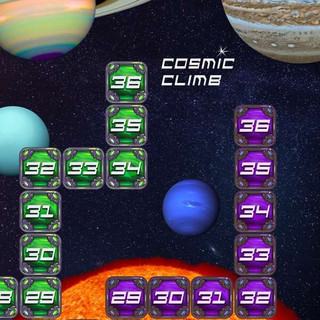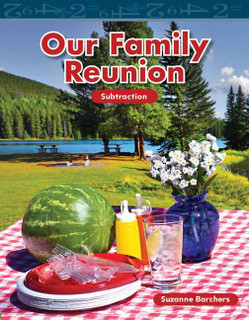
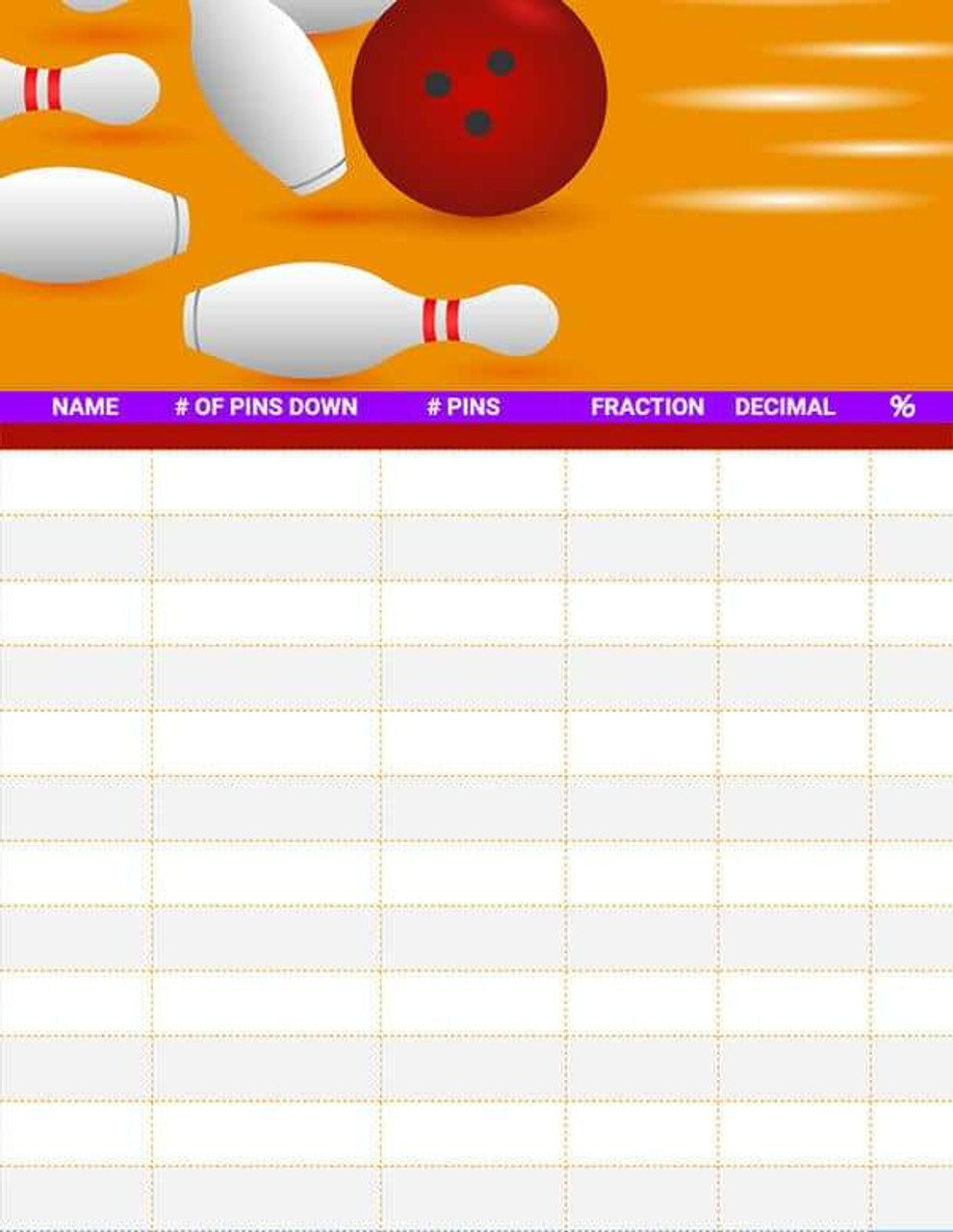

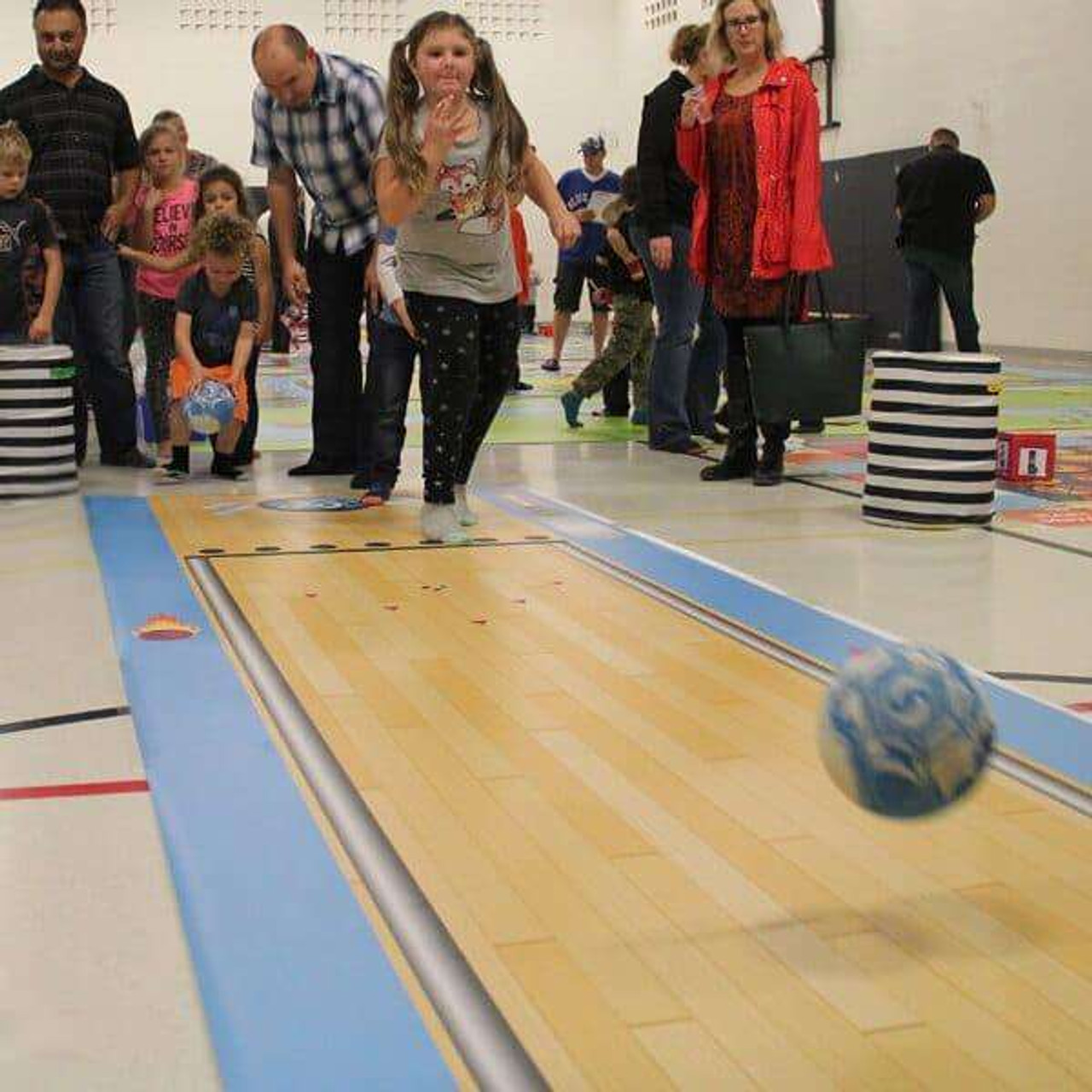
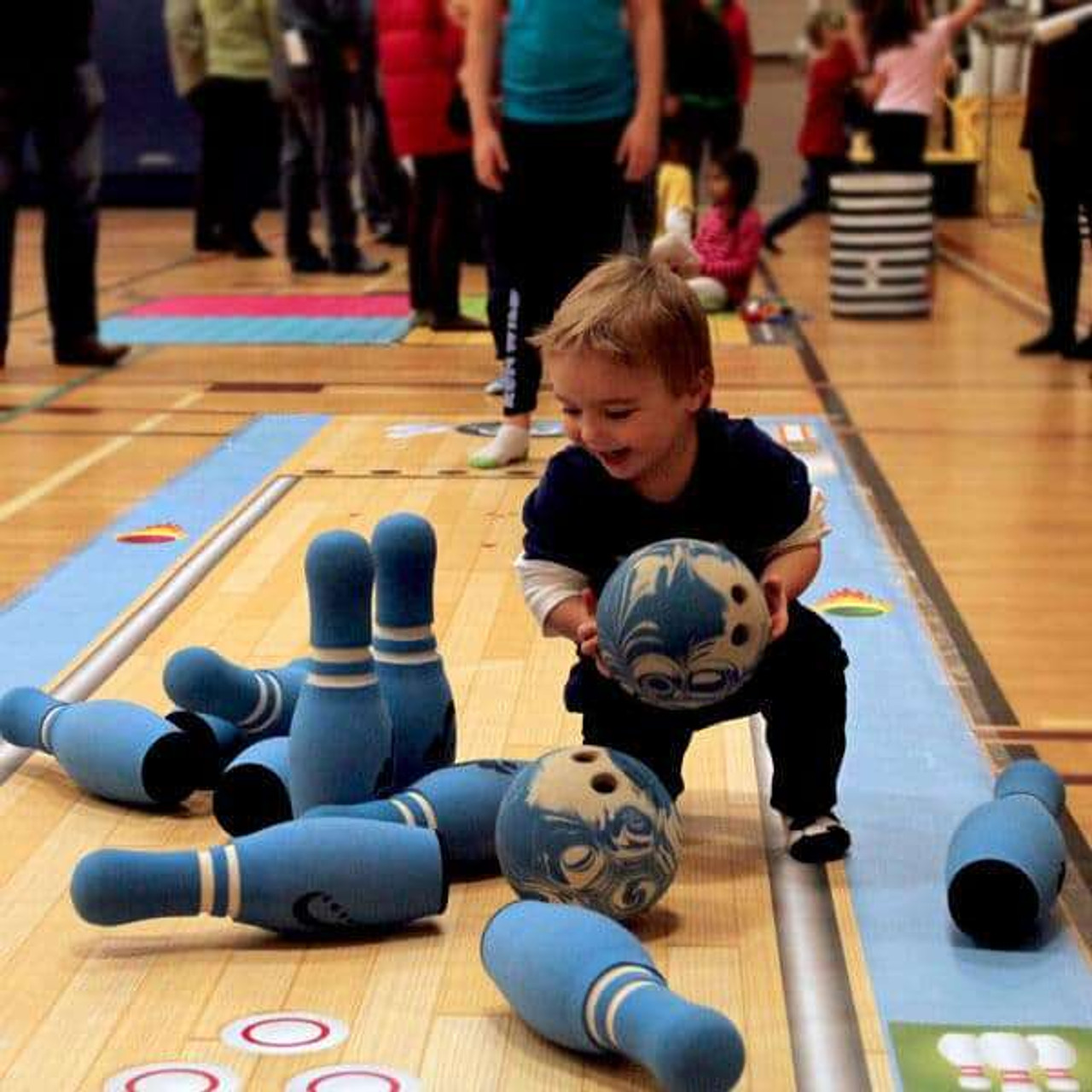

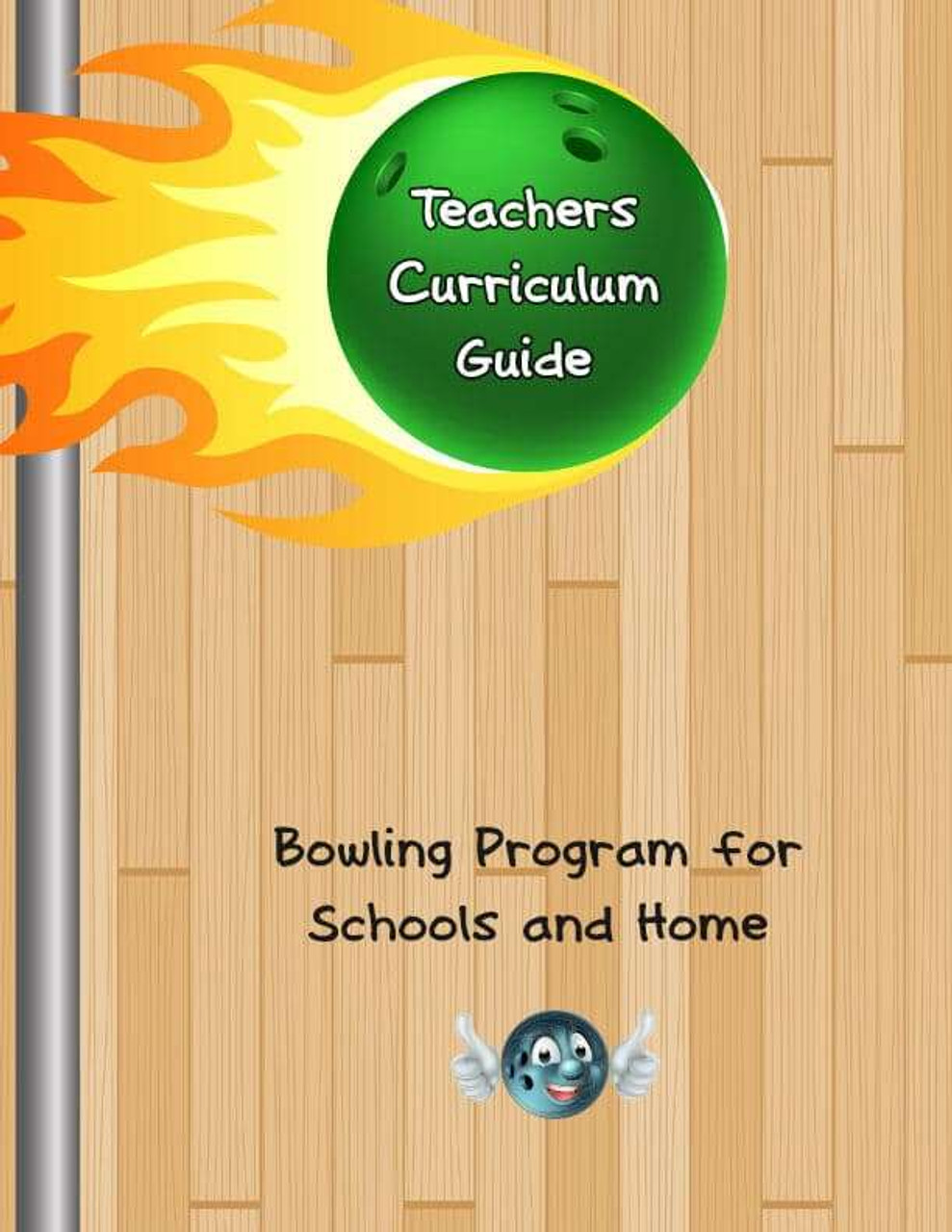
Math N Bowl - Bowl for Fraction - Probability Math - Addition Subtraction Games Mat
- Mixing bowling and math together is a sure hit!
Details
Let's strike up some fun! JUMP2MATH's life-sized bowling mat invites students to mix learning and enjoyment together. Mixing bowling and math together is a sure hit!
Sizes
GIANT: 72 inches x 277 inches, 182 cm x 703 cm
SCHOOL: 60 inches x 231 inches, 152 cm x 586 cm
HOME: 36 inches x 138 inches, 91 cm x 350 cm
Math N' Bowl - Bowl for fractions - probability math - additions subtraction games mat
Bowling is fun and GREAT exercise. Three games of bowling are equivalent to walking one kilometer. UMP2MATH's curriculum-based activities are highly motivating for all students. We have integrated math learning into all activities and games for students up to grade 6. *Bowling pins and balls not included.
Full-Day Early Learning - Kindergarten Program - Gr. 5
The suggested activities are linked to the curriculum and include some of the following:
- Understanding the concept of number
- Counting
- Adding and subtracting
- Comparing fractions
- Estimating, counting, and representing the value of a collection of coins
- Demonstrating an understanding of place value
- Investigating probability
Kindergarten Suggested Activities – Addition
Warm up: Count the bowling pins. Pick up two pins and put them behind your back. Ask “How many pins are left? Count together.
When bowling, younger students should stand midway on the mat so that it is easier to hit the pins. The younger students may find it easier to roll the ball from between their legs.
The first student rolls the ball. They count the pins that are down and write the number on the chalkboard. Assist as needed. Allow the student to roll the ball 3 times. Each time they write the total number of pins that are down. If they have a strike, give them a ‘high five'.
Grade 1 Suggested Activities – Subtraction
Warm up: Guess my number. I have 10 bowling pins and I knock down 3. How many are left? When a student responds, have them show the group using the pins. Assist as needed.
Bowling
Each student will be given three chances to hit all of the pins. Remind them that we roll the ball towards the pins.
Each time they roll, the person who had the previous turn will write the math equation.
E.g., 10 – 3 = 7
10 – 5 = 5
10 – 8 = 2
Please model this for the first student.
Grade 2 Suggested Activities – Money, Probability
Warm up:
Count the bowling pins with the students.
Ask “If I knock 3 pins down with my first ball, how many pins are left? (7)
“If I knock 8 pins down with my first ball, how many pins are left? (2)
Using the language of probability
Line up the students.
Before each student rolls the ball, ask them the following question:
Is it likely, unlikely, certain, or impossible to hit down all of the pins?
Or
Is it likely, unlikely, certain, or impossible to hit down some of the pins?
Bowling for Dollars
Materials needed:
One die that reads: pennies, nickels, dimes, loonies, toonies, free choice.
Whiteboard/Chalkboard
The first student rolls the die to determine how they will count their score e.g., dimes = count by 10s.
Allow the student to have 2 or 3 rolls and then count the value of their roll e.g., 8 pins down = 80 ¢. Have the student write their amount on the chalkboard using ¢.
Repeat.
Bowling
Materials needed:
Whiteboard and marker
Each student will be given three chances to hit all of the pins. Remind them that we roll the ball towards the pins.
Each time they roll, the person who had the previous turn will write the math equation.
E.g., 10 – 3 = 7
10 – 5 = 5
10 – 8 = 2
Please model this for the first student.
Gr. 3 Suggested Activities – Fractions
Ask: How many bowling pins are there? (10)
How many pins is ½? (Answer: 5) How do you know? A student can demonstrate using the pins.
Show the students 6 pins.
Ask: How many pins are there? (6)
How many are ½? (Answer: 3)
How many are ⅓? (Answer: 20
What fraction is bigger; ½ or ⅓? (Answer ½) Have a student demonstrate the correct answer.
Bowling for the JACKPOT!
Materials needed:
Coin (heads = dimes, tails = quarters)
Chalkboard, chalk
Goal: Be the first team to reach $10.00
Form two teams.
The first student flips a coin to determine how they will count their turn. E.g., heads = dimes = count by 10s.
Allow the student to have 1 or 2 rolls and then count the value of their roll e.g., 8 pins down = 80 ¢. Have the student write their amount on the chalkboard using proper notation $.
Repeat.
Each team adds up their money until one team reaches $10. Assist as needed.
Bowling for Fractions- Tenths
Students rolls ball to determine what fraction of the pins they can knock down with one ball. If they hit 3 pins they should write 3/10s on the chalkboard.
When a student hits a strike on their turn, everyone else in the group has to do 10 jumping jacks/side bends etc.
Option: Create a tally chart
Students can put a tally mark in the section that represents how many pins they knock down with one ball.
You can ask them to predict which section will have the most tally marks.
Grade 4 Suggested Activities
Biggest Number
Materials needed:
Chalkboard and chalk
Place value grid (optional)
Bowling pins with numbers written on the base (0,1,2,3,4,5,6,7,8,9)
Goal: Create the highest number using the numbers on the bottom of three bowling pins that have been knocked down.
Procedure:
Students roll the ball to knock bowling pins over. Allow 1, 2, or 3 turns as time permits.
The student has 30 seconds to create the largest three digit number from the pins knocked over e.g., 2, 5 ,0, 7, 3, 8 = 875
They write their number on the chalkboard or on the place value chart (optional).
Smallest Number
As above but creating the smallest number from the digits e.g. 2, 5 ,0, 7, 3, 8 = 023
All or Nothing
Goal: Knock down the 10/10 of pins to earn a letter to spell the word FUN ( or any desired word).
Procedure:
Form two teams
Each student rolls the ball and records the fraction of the pins knocked over e.g. 8 pins down = 8/10
If the second student rolls 6/10 the team now has 8/10 + 6/10. This is equal to 10/10 and 4/10. 10/10 gives them the first letter of the word FUN. Clarify as needed.
Repeat until the word FUN is earned.
Grade 5 Suggested Activities
$1000.00 is the Limit!
Materials needed:
Chalkboard and chalk
Place Value Grids – one for each team
$1000 is the Limit
Calculator (optional)
Goal: Reach the highest amount or $1000
Specifications
Video
Product Attachments
You May Also Like
What Educators are Saying About Geyer
Justin has been nothing but helpful and professional in my requests for these Boeing Defense requirements. He has been able to answer my questions and concerns quickly, and helped in securing the order that I may have made with another supplier had be not been the value-add that he is to your company. I hope his merit raise this FY was "exceeds expectations".
Jesse C...I contacted Geyer via email. I had an email back within minutes!.. A back and forth via email sometimes takes days with other companies and customer service doesn’t happen like this very often. When it does, it’s much appreciated. Brett at Geyer was very polite and accommodating!
John C.The customer service rep went as far as to reach out to the manufacturer of a product to answer my question, and then provided pictures. She really went above and beyond and answered the question thoroughly and gave me exactly the information I was looking for. This entire process was also extremely fast.
Robert C.I called to ask how to submit a Tax Exempt Certificate for my library and spoke to a real person, no automation or asking me to press a number. He was friendly, helpful and got our Tax Exempt status established immediately.
Mischelle F....I don't think I've ever experienced that level of customer service before, and taking it into consideration along with the quality of their products, I would absolutely recommend Geyer to fellow teachers.
Robert S.








